I'm a photographer, and after one month with the Oppo Find X8 Ultra, I know exactly why it beats the Galaxy S25 Ultra and iPhone 16 Pro
Just how good is Oppo's ‘ultimate camera phone’?
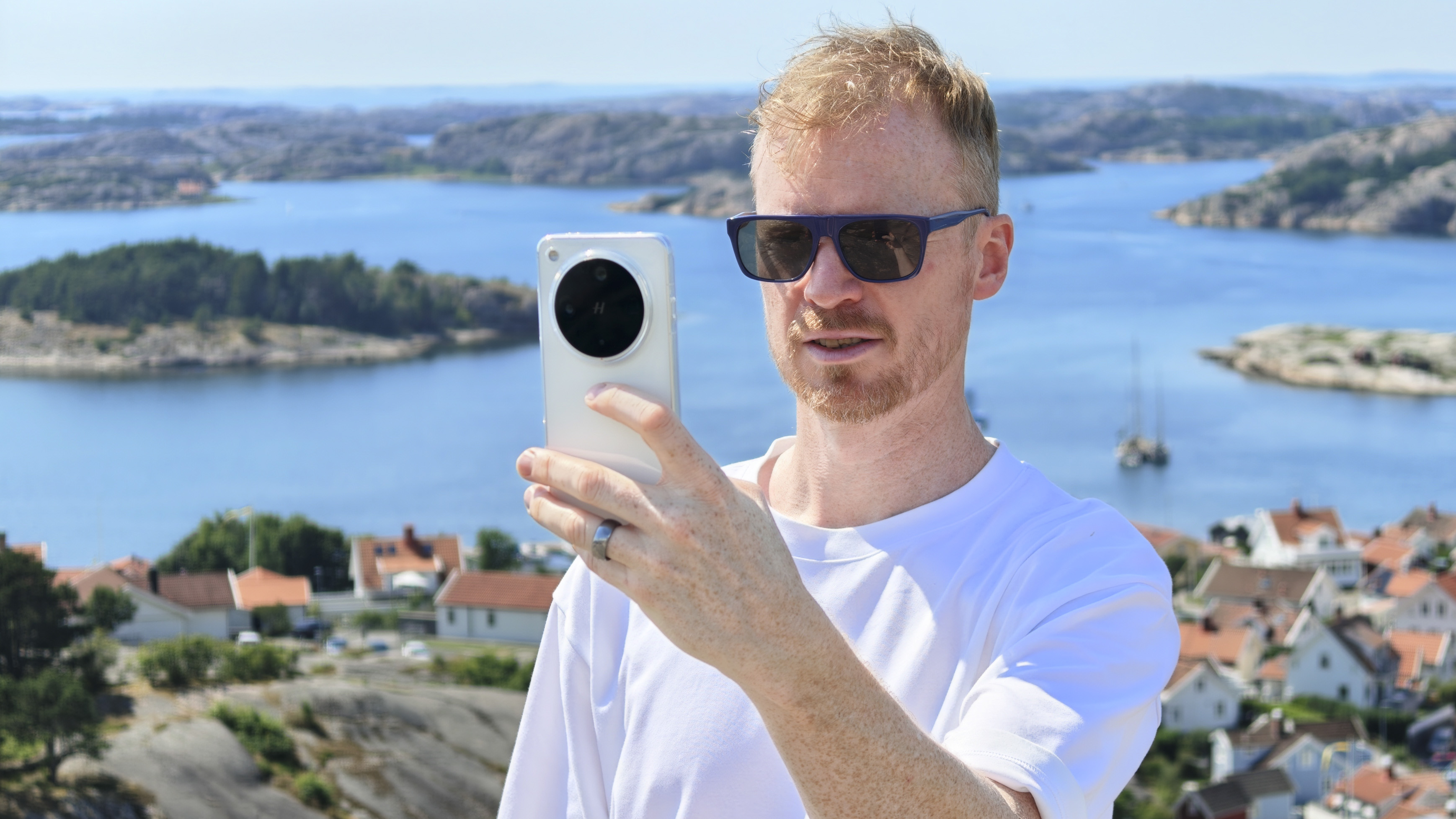
Oppo pitches the Find X8 Ultra as the ‘ultimate camera phone’. As a photographer, such words grab my attention, especially when Hasselblad-branded optics are thrown in to sweeten the deal.
I'm cautiously optimistic about the Hasselblad bit, though – this is a phone after all. There are some fantastic rivals on the scene in 2025, too; the Xiaomi 15 Ultra comes to mind, given its striking resemblance (both internally and externally) to the Find X8 Ultra, but the latest iPhone, Samsung Galaxy, and Google Pixel flagships are also impressive camera phones in their own right.
So, does the Find X8 Ultra really raise the bar for camera phone quality? Is it the outright best camera phone money can buy? I've had my hands on the device for over a month now, and while it's currently exclusive to China, I recently took it on a trip to Sweden to find just how far it pushes the competition.
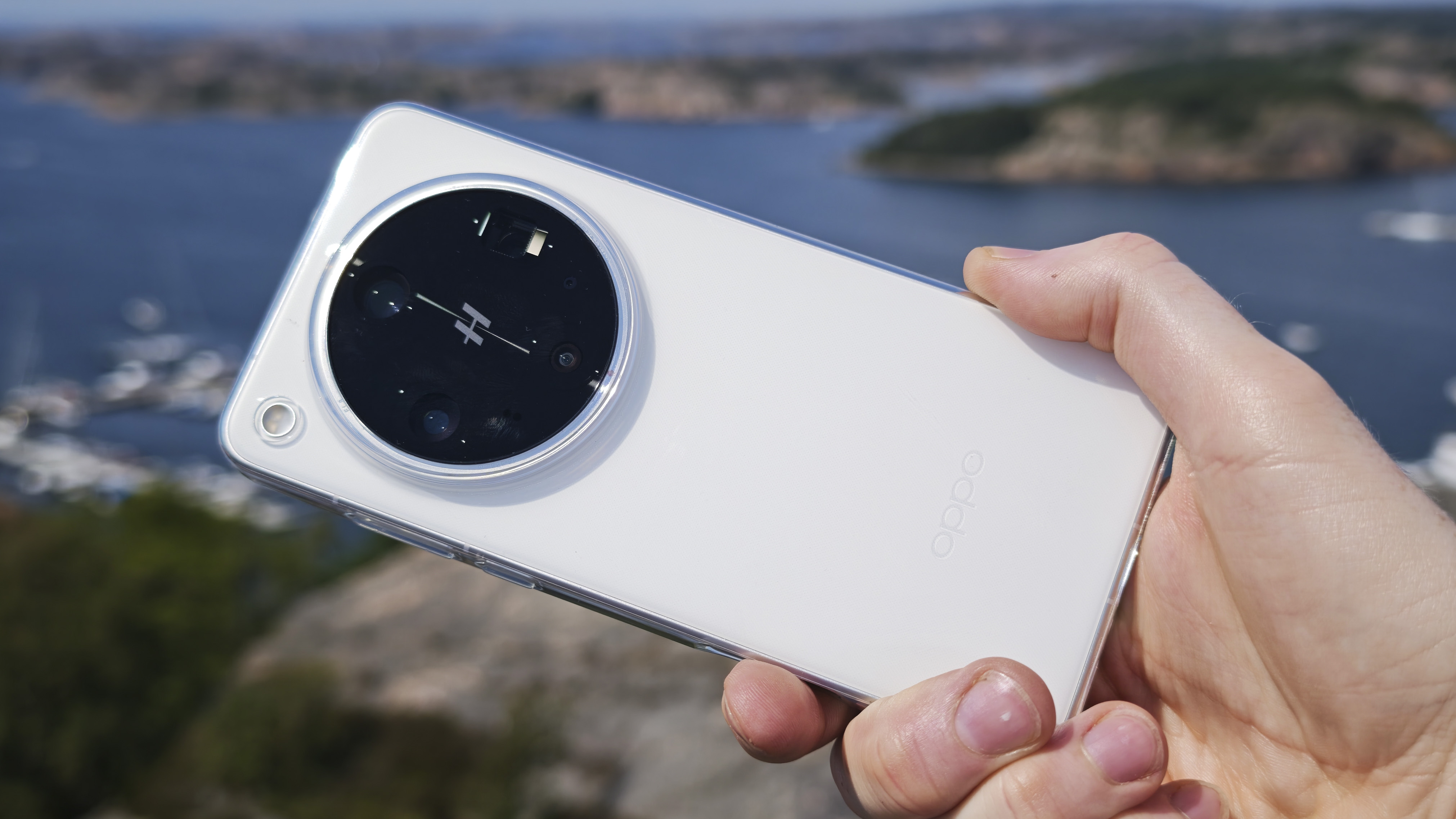
The hardware and software smarts to rule them all?
During my trip to Sweden, I attended an Oppo keynote where it announced a renewed partnership with Hasselblad to “push the boundaries of mobile imaging even further”. But what does the picture look like already with Oppo's best camera phone, the Find X8 Ultra?
First, let's look at the hardware; it's a 'penta' camera system which comprises the main 1x camera with a 1-inch sensor for the best picture quality the phone offers, an ultra wide 0.6x lens, plus 3x and 6x telephoto lenses. The fifth ‘camera’ isn’t actually a camera – we’ll get onto that.
That 1-inch main sensor is much bigger than the equivalent sensor in iPhone, Galaxy and Pixel models, and naturally gives the Find X8 Ultra an image quality advantage, especially when you consider that it's supported by Oppo's latest and greatest software.
For context, you'll find a 1-inch sensor in a premium compacts from Sony and Canon, such as the ZV-1 II and PowerShot G7X Mark III, respectively. As for phones, I'm convinced the Find X8 Ultra's main sensor is the same as the one in the Xiaomi 15 Ultra.
Sign up for breaking news, reviews, opinion, top tech deals, and more.
Each Find X8 Ultra lens is designed to mimic actual Hasselblad lenses – in terms of both focal length and bokeh characteristics. Hasselblad is a legendary name in the camera world and it still makes some of the best cameras in 2025, but you’ll need north of $10,000 / £10,000 to pick up one of its recent mirrorless cameras and a lens, such as the X2D 100C – my dream camera.
With the Find X8 Ultra, Oppo emulates a Hasselblad look through a mix of hardware and software. It says its ‘Bokeh AI’ tech utilizes 3D depth mapping for what are supposedly realistic Bokeh effects, increasing blur the further away objects are from your in-focus subject (both in front and behind).
That said, it’s worth noting that bokeh effects beyond the natural focus fall-off from the phone’s hardware are rendered through software – each camera’s lens aperture is fixed. In fact, the main camera, with an effective 24mm focal length (approx) and f/1.8 aperture, might even have a little too shallow depth of field for some purposes.

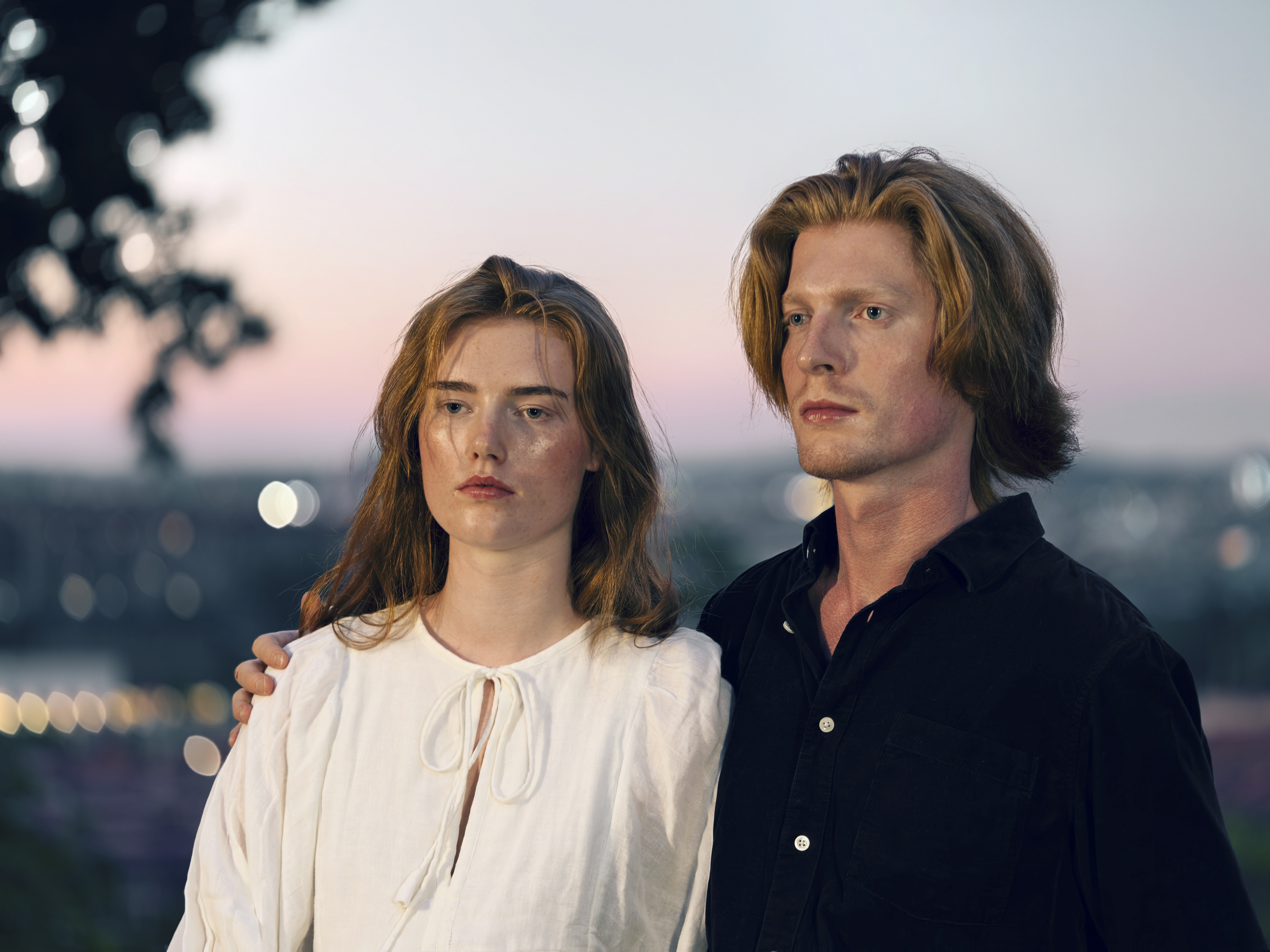



There's decent close focusing skills through a macro mode too, accessed in the standard photo mode, plus an 'XPan' effect, which is inspired by the Hasselblad XPan panoramic analog camera format.
The regular photo mode is ideal for quick snaps (and macro), but for focused photography moments, I’ve stuck with the Master mode, which gives me a ton of manual control.
In Master mode, I can access 50MP stills in RAW or JPEG (otherwise resolution is 12.5MP), and those RAW ‘Max’ files have 16-bit color depth for what Oppo says is the best image quality of any phone.



There are neat tricks like individually selectable metering and focusing points, too – after all, you don't always want photo brightness to be measured based on the subject, such as for a silhouette.
In Master mode, you tap the screen to focus, and then call drag the metering spot to somewhere else in the scene to choose brightness. I’ve used this feature a lot, especially to spot meter for highlights, and I haven't seen it in another camera phone. (Otherwise, the Find X8 Ultra's ‘Stage’ mode in the regular Photo menu renders a similar effect with less fuss.)
There's also a generous selection of color profiles – you can see the selection in one of my image galleries, below. I’m a fan of the vintage Serenity look, the Food profile is surprisingly effective for snaps of your plate, while black and white mode also impresses.

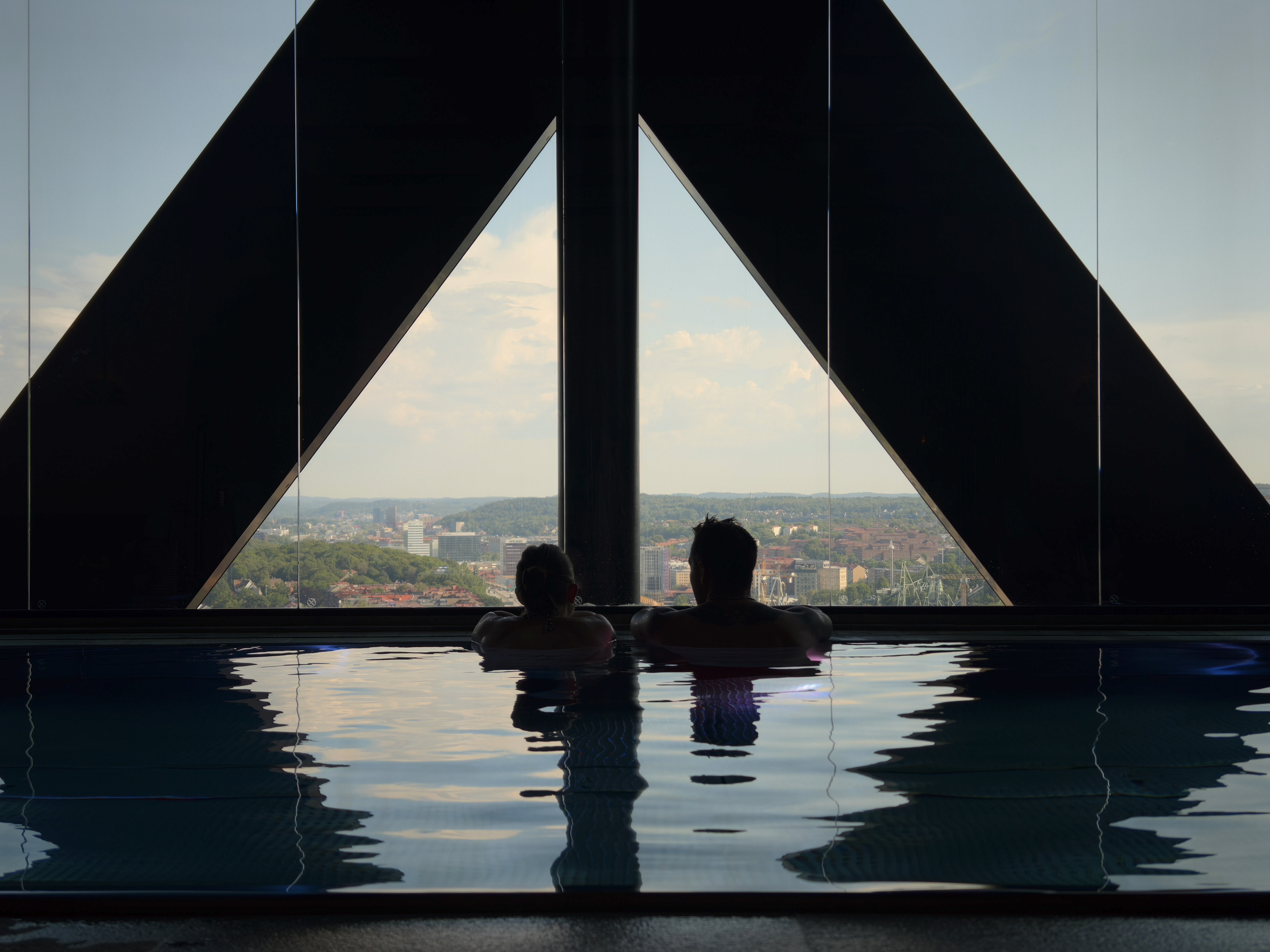
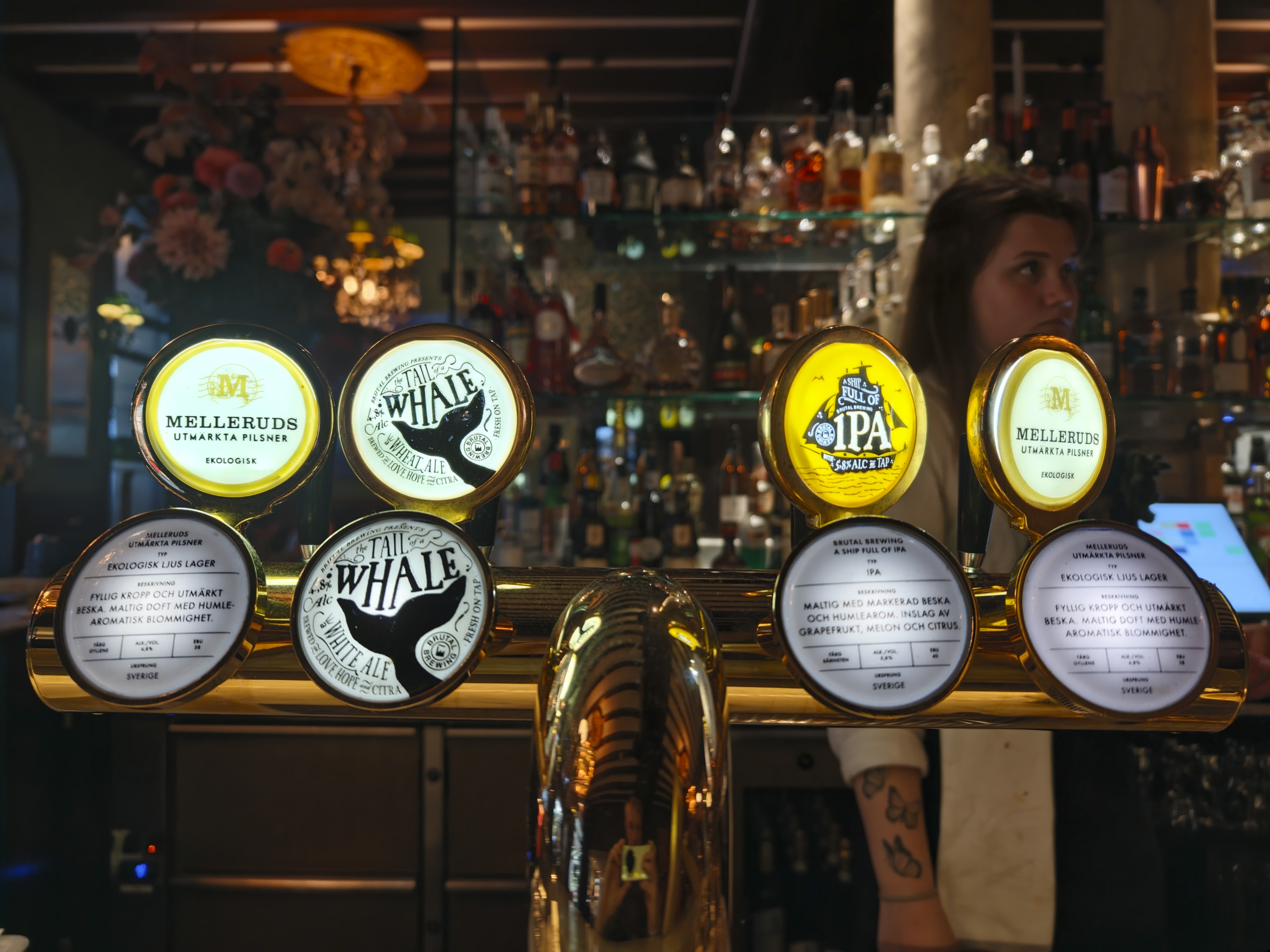
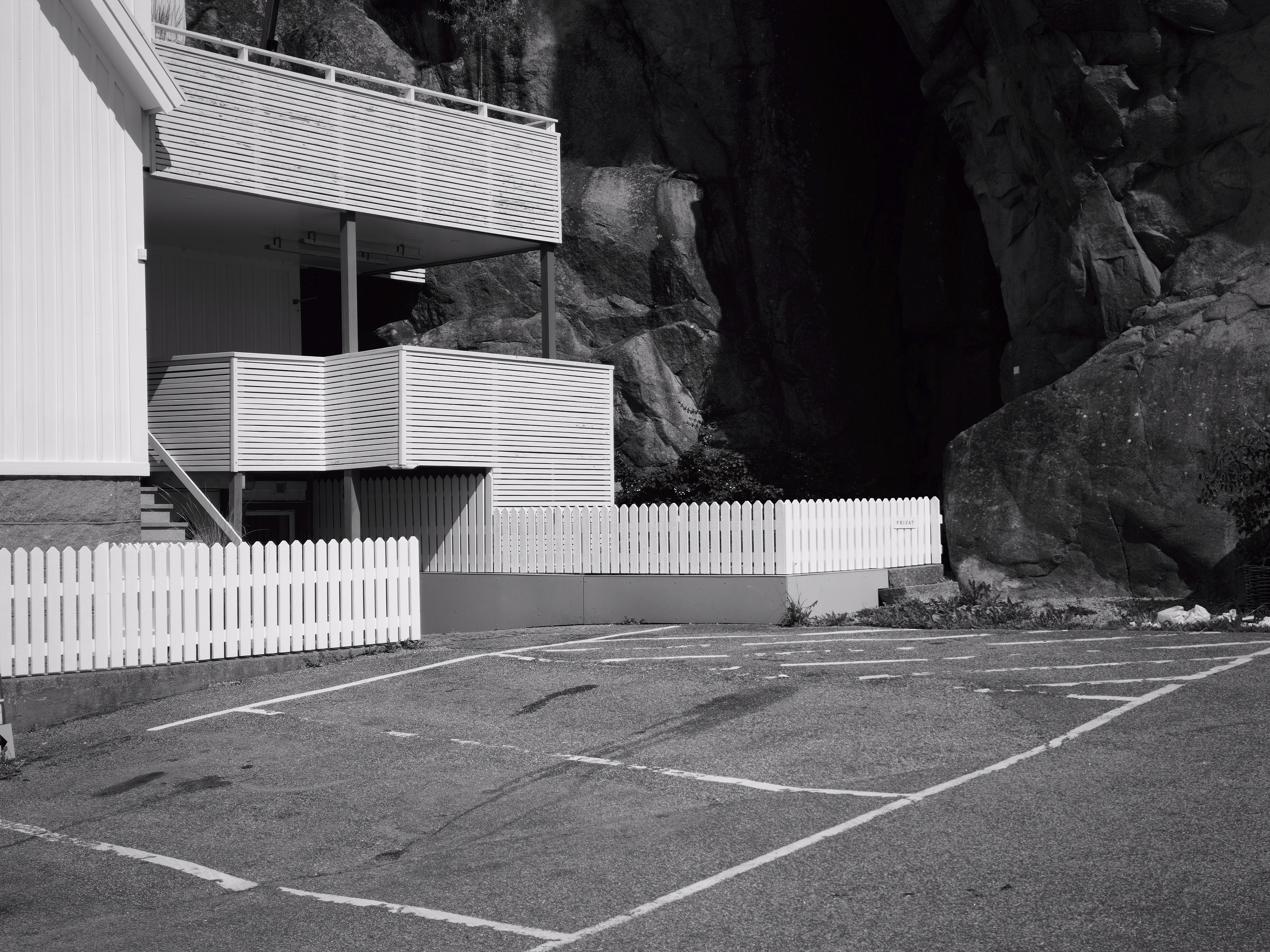

Of course, portrait mode features, and Oppo is really pushing the quality of the 3x lens for portraits, which is supported by what it calls a chroma camera. It's not a fifth camera in literal terms – think of the 2 million spectra pixel camera more as a meter to measure white balance. It's a neat party trick, supposedly analyzing the scene to deliver natural color across the entire frame.
For example, your subject might be illuminated by window light, but to the side, there's indoor lighting. Chroma camera feeds that info, and the Find X8 Ultra can render those multiple white balances in the same scene. In other words, it offers localized white balance.
Usually, white balance works in one hit – you pick one color temperature for the entire picture. I haven’t made a direct comparison against the Xiaomi 15 Ultra yet, but natural colors could be one area in which the Find X8 Ultra wins.


Add a few creative shooting modes, such as long exposure, which blurs movement over a five-second period and can be used handheld (see my shots of a charming fishing village in Sweden, above), and the Find X8 Ultra feels like a healthy mix of leading hardware and software smarts.
So, is the Oppo Find X8 Ultra the 'ultimate camera phone'?
The Find X8 Ultra’s hardware beats the camera tech in the iPhone 16 Pro, Samsung Galaxy S25 Ultra, and Google Pixel 9 Pro, hands-down. It has the software smarts, too, not least of which are its zoom skills and image processing talents, which can make certain details such as text much clearer.
I’ve taken several like-for-like photos alongside the Xiaomi 15 Ultra, too, and the Find X8 Ultra leaves me convinced that the two phones share the same 1-inch main camera – there's little to choose between the two.
There are differences elsewhere. Where the Xiaomi phone tops out with a 4.3x telephoto lens, Oppo offers a 6x telephoto lens. Oppo has put more tech into its 3x telephoto lens than Xiaomi has, too, while they each take a different approach to portraits – Oppo goes for realistic bokeh; Xiaomi puts customizable effects into your hands.


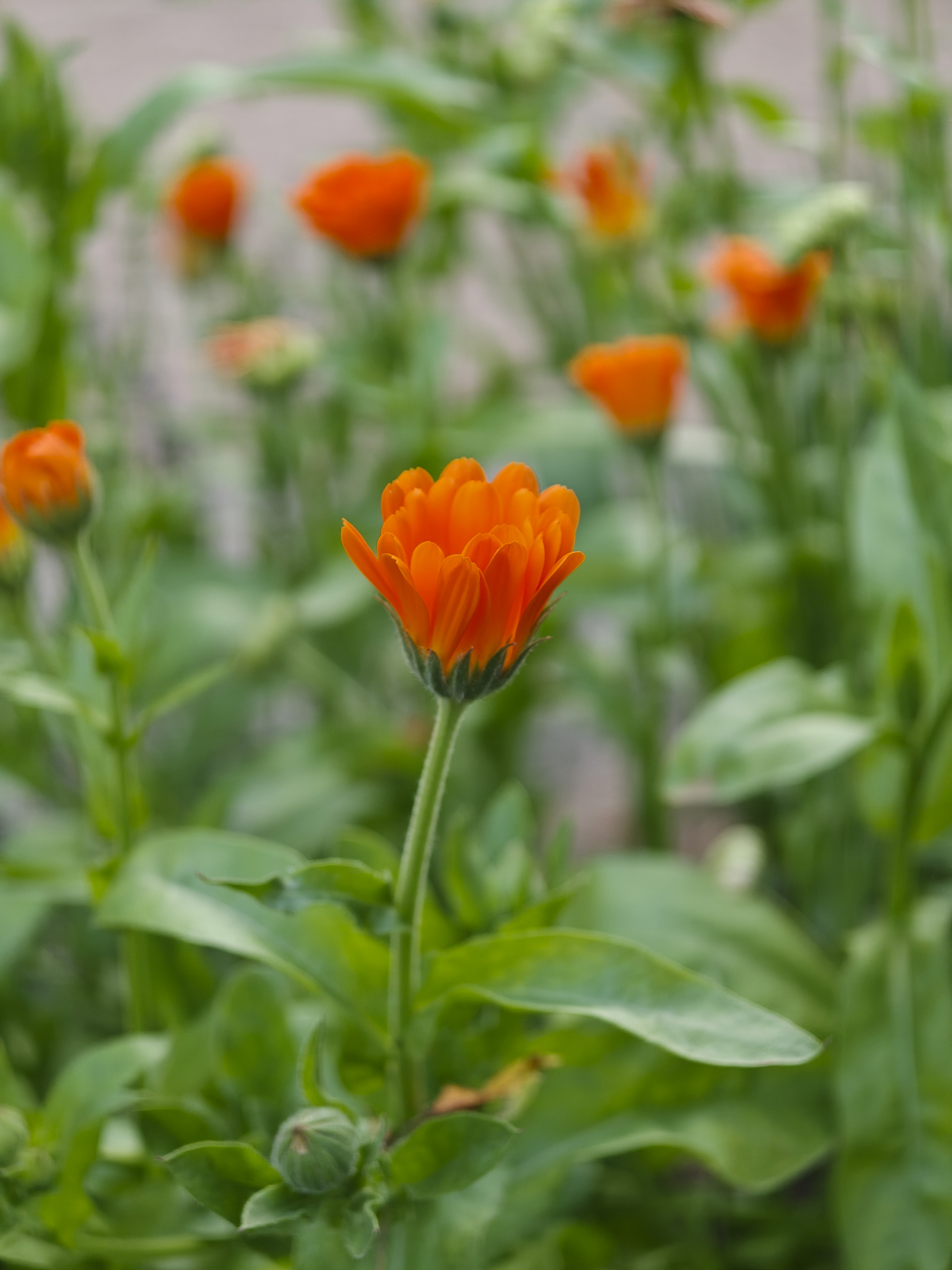


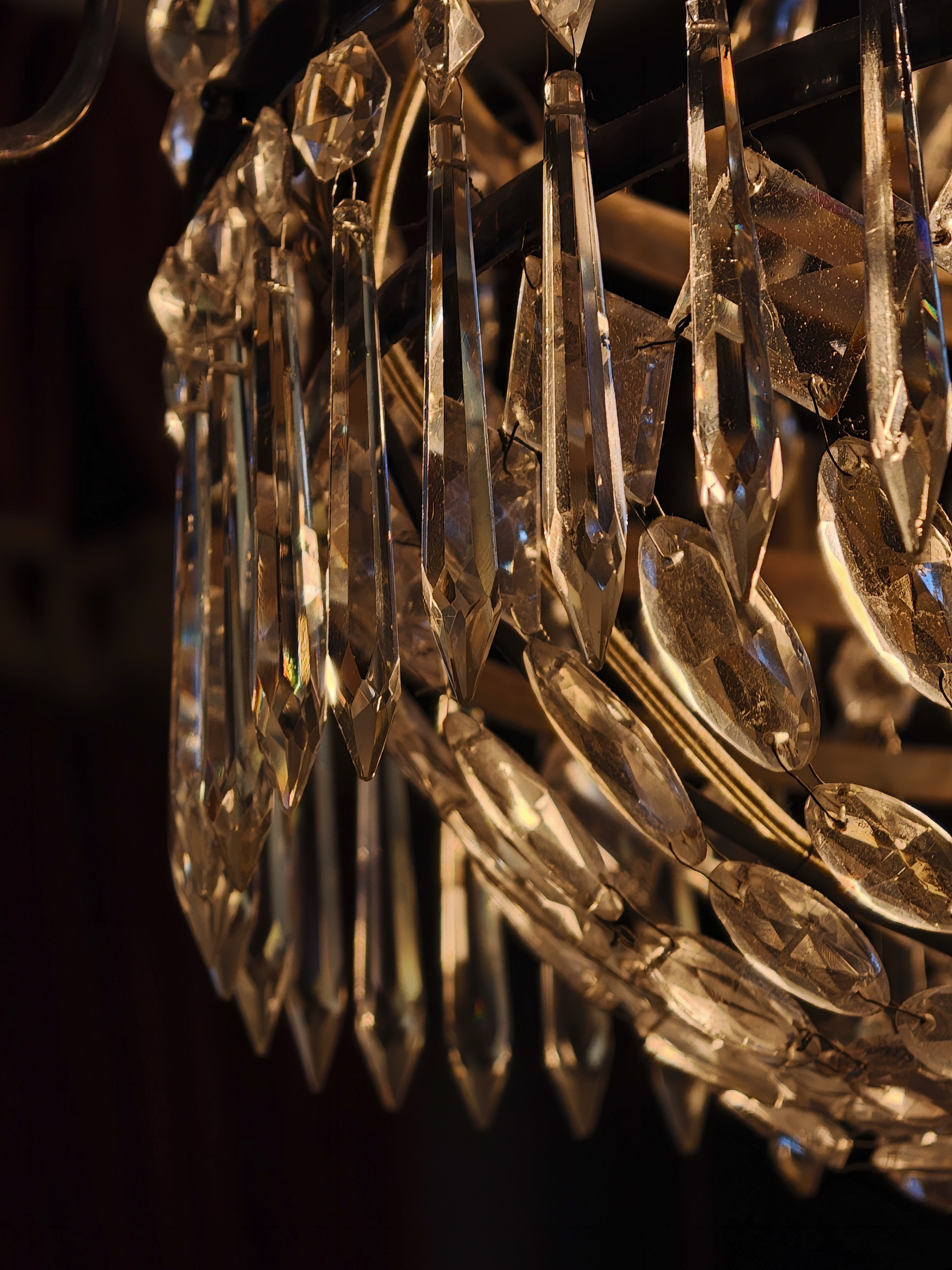


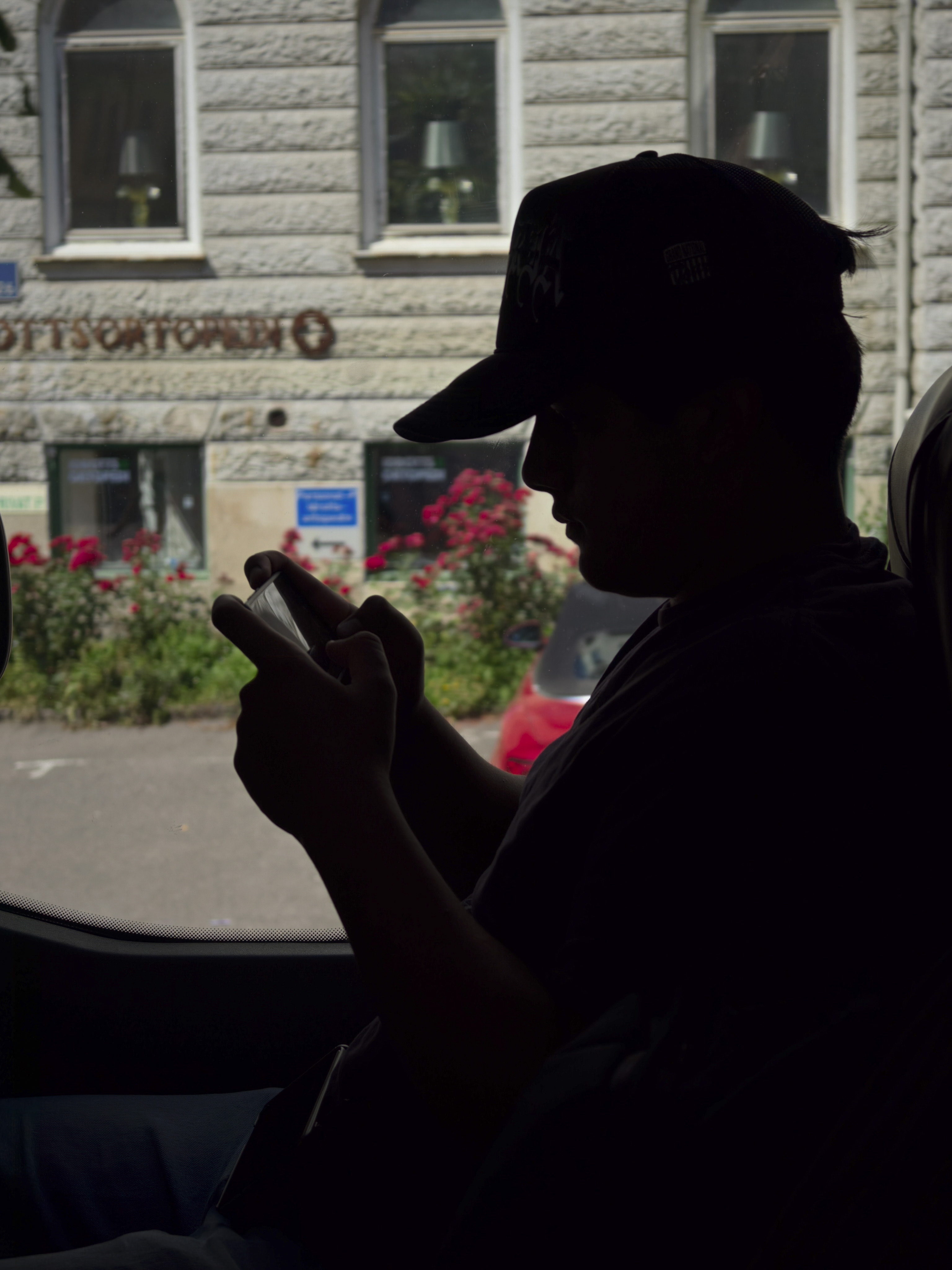
Overall, the Oppo Find X8 Ultra shows how far camera phones have come. That said, there's bad news for most people right now – as mentioned, it's currently exclusive to China, meaning it’s not directly available in the US, UK, Australia, and other regions.
There's no photography kit for the phone, either, which is something you can get with the Xiaomi 15 Ultra. These kits are trending – the Vivo X200 Ultra has one, too – and typically include a case, plus a handgrip for a secure hold, thus transforming the phone to a dedicated camera-like form. Considering the Find X8 Ultra is billed as the ultimate camera phone, such an accessory feels like a no-brainer.
Nonetheless, Oppo’s flagship phone is a mighty tool for photographers, and its specs elsewhere are unmatched: expandable 16GB RAM, 1TB of internal storage as standard, a Snapdragon 8 Elite chipset, a 6,100mAh battery – you won’t find better.
Unlike with my own Pixel 8 Pro, at no point with the Find X8 Ultra have I been left waiting to shoot my next photo while the phone processes the previous shot. The Find X8 Ultra performs flawlessly, and shooting with it for over a month has been a real treat.
You might also like

Tim is the Cameras editor at TechRadar. He has enjoyed more than 15 years in the photo video industry with most of those in the world of tech journalism. During his time as Deputy Technical Editor with Amateur Photographer, as a freelancer and consequently editor at Tech Radar, Tim has developed a deeply technical knowledge and practical experience with cameras, educating others through news, reviews and features. He’s also worked in video production for Studio 44 with clients including Canon, and volunteers his spare time to consult a non-profit, diverse stories team based in Nairobi. Tim is curious, a keen creative, avid footballer and runner, and moderate flat white drinker who has lived in Kenya and believes we have much to enjoy and learn from each other.
You must confirm your public display name before commenting
Please logout and then login again, you will then be prompted to enter your display name.